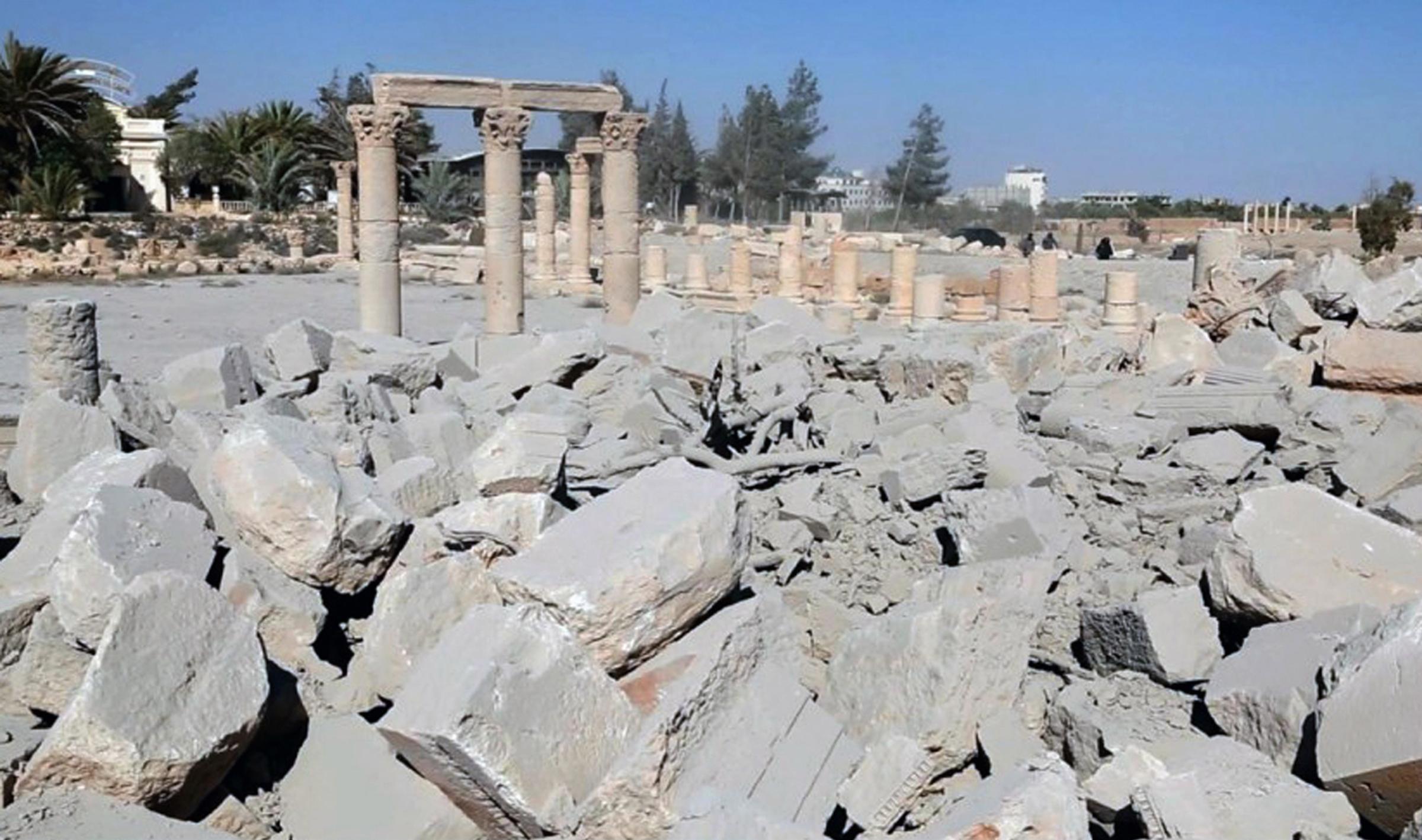The Pentagon is investigating whether military officials misled policy makers in the United States by suggesting that efforts to combat the Islamic State of Iraq and Greater Syria (ISIS) have been more successful than they have been in reality, according to a report.
Citing anonymous U.S. officials, the New York Times reports that a civilian defense analyst blew the whistle on officials in a key division of the U.S. armed forces that had revised intelligence reports to make campaigns sound more successful. The intelligence reports have landed on the desk of key policy makers, including President Barack Obama.
The investigation, a rarity in given the often subjective nature of many intelligence assessments, is being handled by the inspector general at the Department of Defense.
The conclusion of the investigation has implications for ongoing U.S. efforts to weaken ISIS. The U.S. has led bombing campaigns against the extremist group, among other efforts.
Read more at the New York Times
See ISIS’s Destruction of the Ancient City Palmyra




More Must-Reads from TIME
- How Donald Trump Won
- The Best Inventions of 2024
- Why Sleep Is the Key to Living Longer
- How to Break 8 Toxic Communication Habits
- Nicola Coughlan Bet on Herself—And Won
- What It’s Like to Have Long COVID As a Kid
- 22 Essential Works of Indigenous Cinema
- Meet TIME's Newest Class of Next Generation Leaders
Write to Justin Worland at justin.worland@time.com